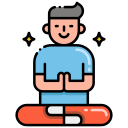Sit Well, Start Calm: Basic Meditation Postures for New Practitioners
Today’s chosen theme: Basic Meditation Postures for New Practitioners. Welcome—your journey begins with a steady seat and a kind spine. Here, you’ll learn approachable ways to sit, kneel, or use a chair without pain or pretense. Breathe, adjust gently, and let posture support presence. Share your setup in the comments and subscribe for weekly posture-friendly guidance.
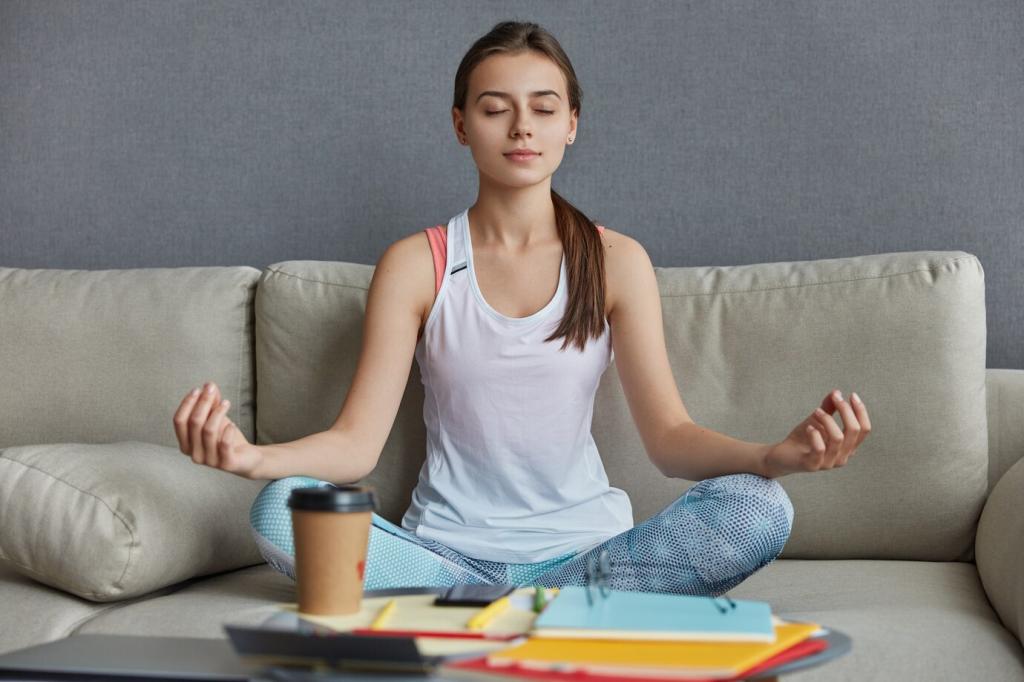
Your Spine Sends a Signal to the Mind
A tall, natural spine tells your nervous system that you are safe and alert, not slumped or sleepy. Think of each vertebra gently stacking like pebbles. Notice how uprightness increases clarity. Try it now, then comment on any subtle shift you feel.
Comfort Is Not Collapse—Find the Middle Path
Softness matters, but melting into a couch-like slump can fog your focus fast. Seek the sweet spot: relaxed shoulders, rooted seat, buoyant crown. Beginners thrive on this balance. What helps you avoid collapse—extra cushion, a bench, or mindful breath?
Finding Your Seat: Cushions, Benches, and Chairs
A zafu lifts the hips so knees can settle lower than the pelvis, easing the lower back. A folded blanket adds gentle slope. If ankles tingle, place a thin cushion under them. Posture is engineering, not heroics—adjust until breath flows freely.

Finding Your Seat: Cushions, Benches, and Chairs
Seiza can feel elegant yet challenging. Use a meditation bench or a firm pillow between the calves and thighs to protect joints. Keep the spine tall and the weight slightly forward. If you hear a knee complain, listen kindly and modify immediately.
Five Foundational Postures to Try Today
Burmese and Half-Lotus Basics
In Burmese, both feet rest on the floor in front, legs crossed softly, knees gently lowering. Half-lotus places one foot on the opposite thigh for added stability. Prioritize warmth in hips and softness in ankles. Pain is not progress; adjust height generously.
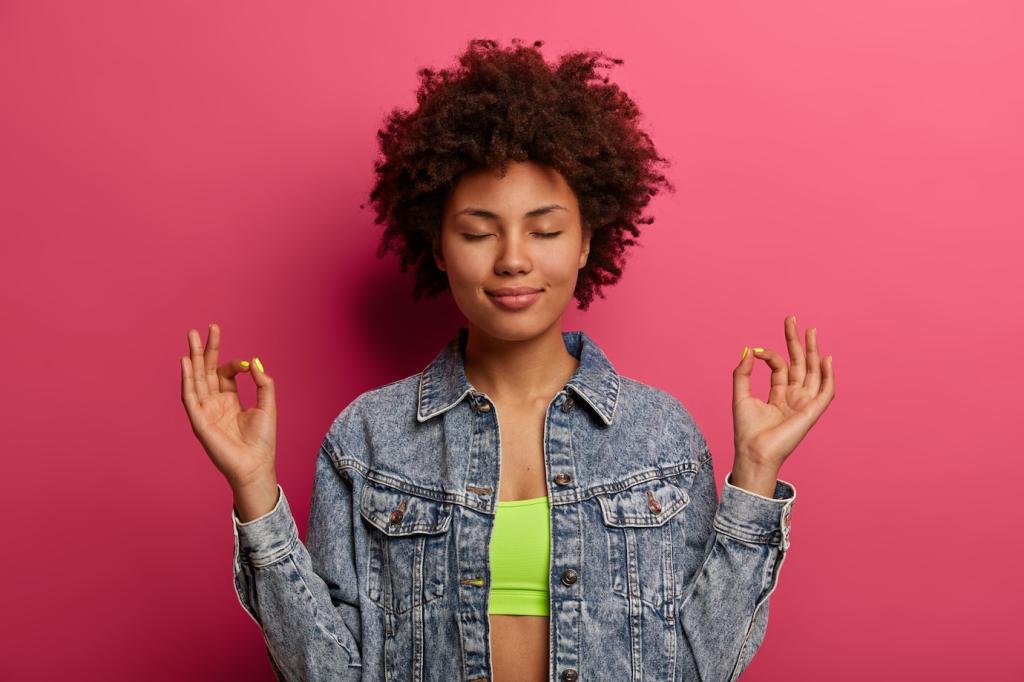
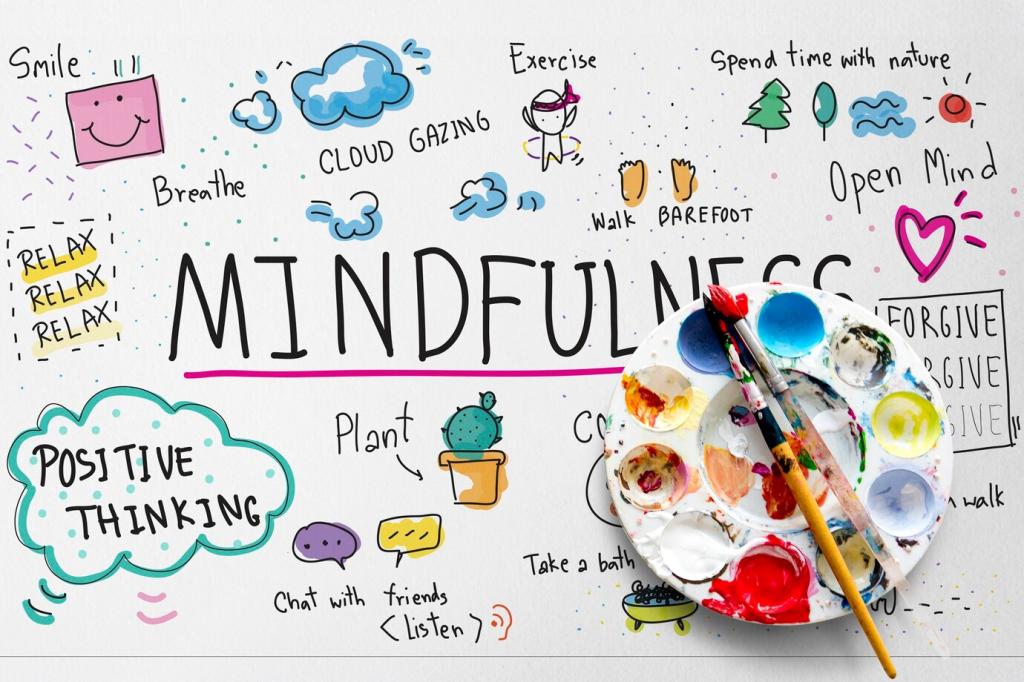
Breath as Your Posture Ally
Let inhalations lengthen the spine like gentle helium, and exhalations soften the ribs and belly. If breath feels blocked, check the belly and jaw for hidden effort. Use three calming exhales to reset anytime you sense pressure or strain.
Jaw, Shoulders, and Hips: Tension Check-Ins
Scan jaw to shoulders, ribcage to hips. Unclench teeth, float shoulders, and invite heaviness into the thighs. Hip tightness is common for beginners; add height under the sit bones. Comment which area repeatedly tenses—others likely share your pattern.
Fixing the Top Three Beginner Pitfalls
Pitfall one: tucking the pelvis and rounding the back. Untuck slightly to restore curves. Pitfall two: lifting the chin. Draw it back a touch. Pitfall three: white-knuckling stillness. Shift mindfully, then return. Progress loves gentle, honest adjustments.
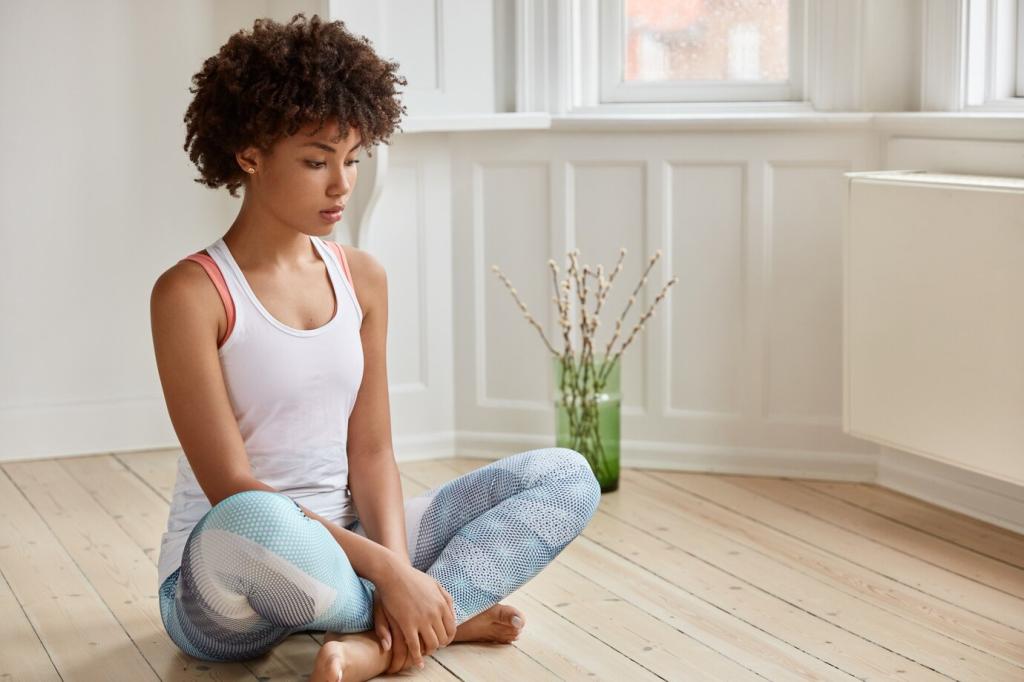
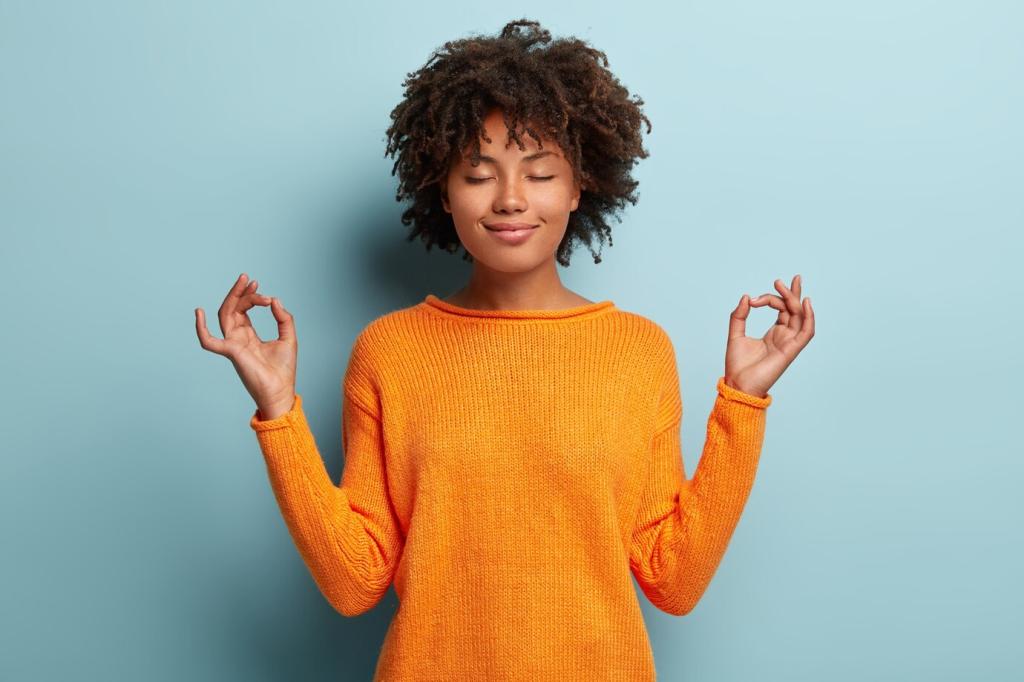
Stories from the Cushion: Real Beginner Wins
Maya sat five minutes daily on a folded blanket, raising her hips one inch each week. Knee pain faded, breath deepened, and her morning coffee tasted brighter. Her lesson: tiny, consistent posture upgrades outpace heroic marathons. What small promise will you make?
Stories from the Cushion: Real Beginner Wins
Alex stopped chasing floor perfection and embraced a simple chair with feet grounded. Back tension dropped within days, and focus finally held. Posture realism—not rigidity—kept his practice alive through deadlines. Try his approach and report your results after three sessions.
Build Your Routine: Small Steps, Lasting Ease
Day one to two: chair practice, five minutes. Day three to four: floor with extra height. Day five: seiza experiment. Day six: revisit the winner. Day seven: reflect. Post your favorite and one discomfort so we can suggest precise tweaks.
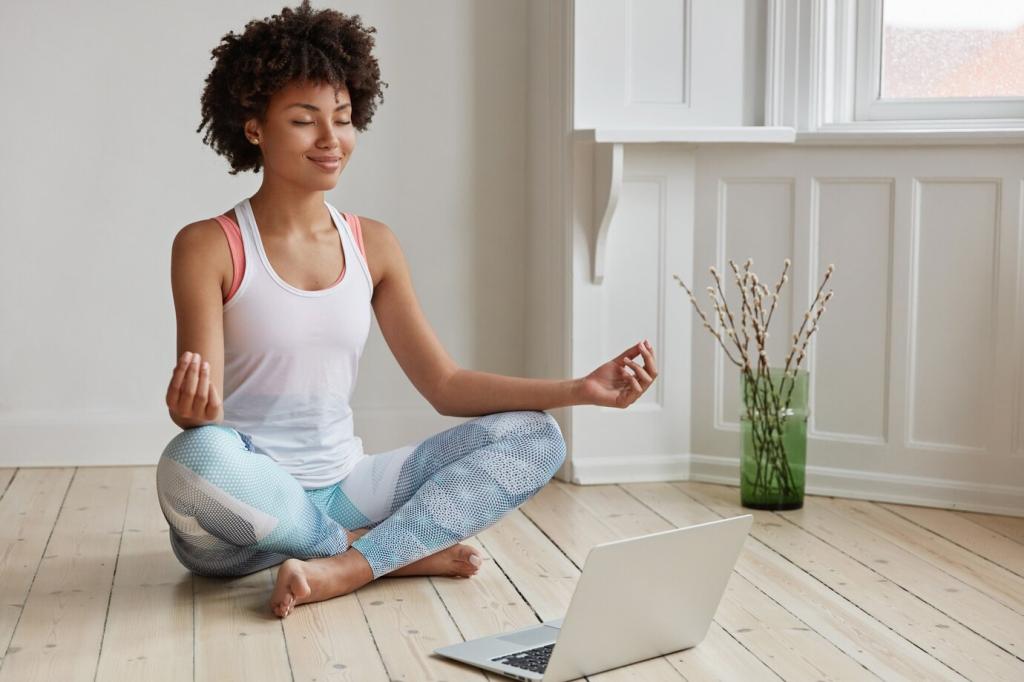
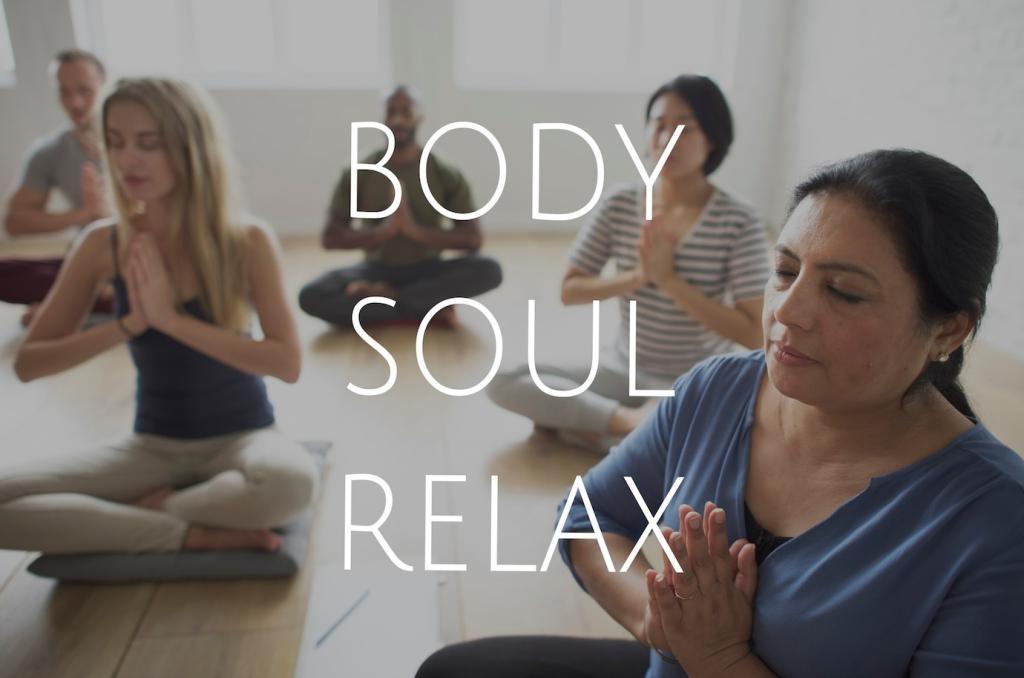
Build Your Routine: Small Steps, Lasting Ease
Note cushion height, knee comfort, breath quality, and energy after sitting. Track micro-adjustments and outcomes. Patterns appear fast and guide smarter choices. Share a line from your journal this week; it might inspire another beginner’s breakthrough.
